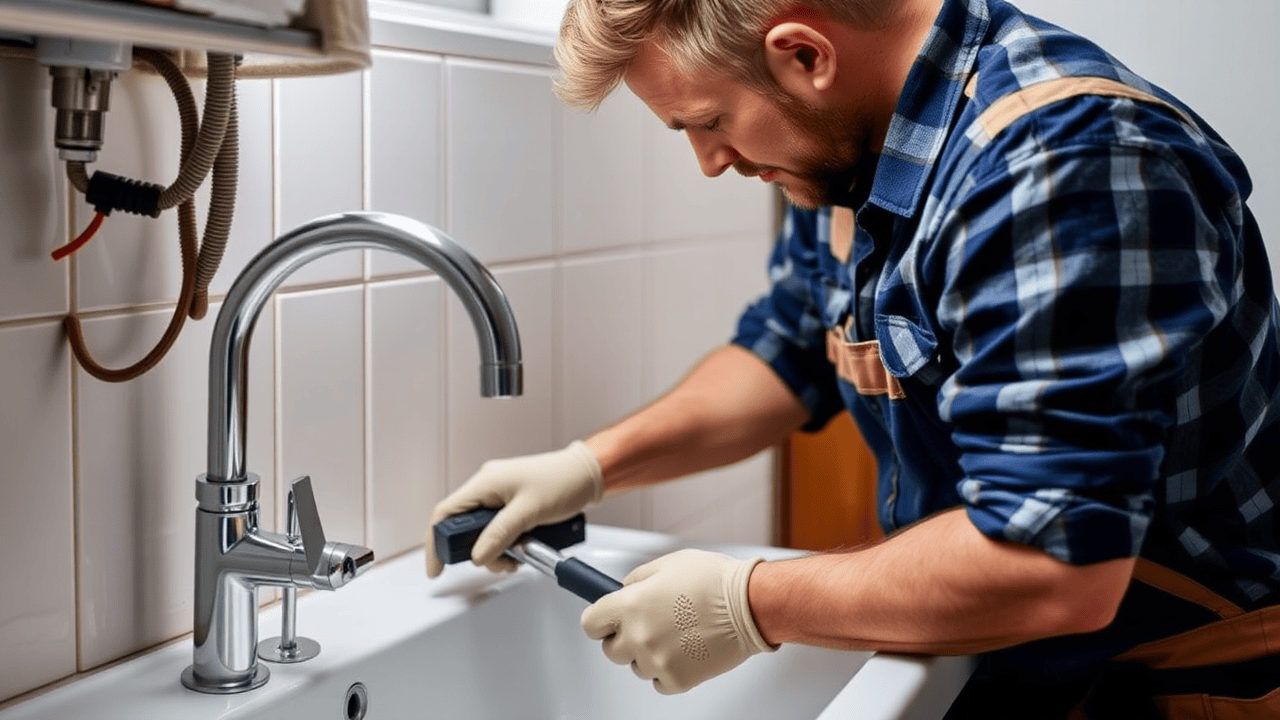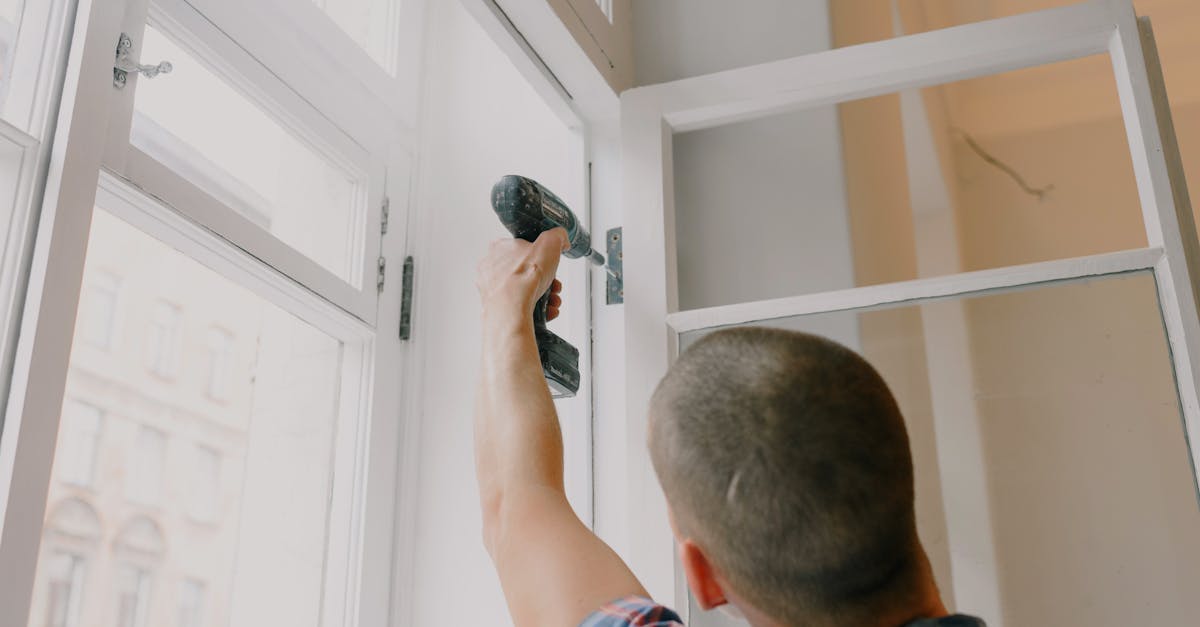
Choosing the Right Materials
Selecting the right materials for a new sink can significantly affect both aesthetics and functionality. Options range from stainless steel to porcelain, each with unique benefits, durability, and maintenance requirements. For example, stainless steel sinks are popular due to their resilience and ease of cleaning, while porcelain provides a classic look but may require more care to prevent chipping. Choosing materials that complement the overall design of your kitchen or bathroom is essential to achieving a cohesive look.
When considering cost, keep in mind that sink installation and repair in various materials can vary widely. High-end materials will generally lead to an increase in both product and labor costs. Additionally, some materials may necessitate specialized skills for installation, which can further elevate expenses. Balancing your budget with the desired quality and appearance will help create a functional and visually appealing space.
Impact on Overall Cost
The impact of the materials chosen for the sink can significantly affect overall costs. High-end materials such as granite or quartz may elevate the price due to the expense of the material itself as well as the associated labor for installation. Conversely, opting for more budget-friendly materials like stainless steel or acrylic can lead to savings. Sink installation and repair in situations involving premium materials may require additional expertise, thereby increasing labor costs.
Labor costs also play a crucial role in determining the overall expense of sink installation. Skilled plumbers often charge higher rates for their expertise, especially in regions where demand for their services is high. Factors such as the complexity of the installation and the time required for completion can further influence the final bill. Sink installation and repair in older homes may entail additional considerations like adjusting plumbing or modifying cabinetry to fit the new sink, contributing to a higher overall cost.
Geographic Location Matters
Geographic location plays a significant role in determining the cost of sink installation and repair. Prices can vary widely based on local labor rates, which often fluctuate depending on demand in the area. Urban centers typically have higher installation costs due to increased overhead for contractors and a greater demand for skilled labor. Conversely, rural areas may offer more competitive pricing as the cost of living is generally lower and the demand might not be as high.
Regional pricing variations also come into play when considering the total expense of installing a sink. Different states or even cities within the same state may have differing material prices due to availability and transportation costs. For instance, sink installation and repair in coastal areas might be pricier due to higher costs for specific materials that can withstand humidity. Assessing these regional differences is essential for homeowners to budget effectively and avoid unexpected expenses.
Regional Pricing Variations
Regional pricing variations play a significant role in determining the overall cost of sink installation. In urban areas, labor costs tend to be higher due to increased demand for skilled tradespeople. Conversely, rural regions may offer lower rates reflecting a smaller market. Local competition also impacts pricing, with more contractors often leading to better rates and more choices for homeowners.
Sink installation and repair in different states can vary based on local materials availability and construction practices. Certain materials may be more affordable depending on regional suppliers. Additionally, tax rates and the cost of living can affect overall expenses significantly. Understanding these nuances can help you budget effectively for your sink project.
Hidden Costs to Consider
When planning for sink installation and repair in a home, many homeowners overlook hidden costs that can significantly impact their budgets. Often, additional expenses arise from needing specialized tools or equipment that may not be readily available. Unforeseen issues such as outdated plumbing or improper drainage can require repairs that add to the overall cost.
Permits and inspections often become necessary in certain jurisdictions, further complicating budget planning. Homeowners may find themselves incurring fees for these permits, which are typically mandatory when making alterations to plumbing systems. It’s important to factor in these hidden expenses to ensure a more accurate financial projection for any sink installation and repair in the home.
Permits and Inspections
In many areas, permits and inspections are necessary for sink installation and repair in order to comply with local building codes. These regulations help ensure that plumbing work meets safety standards and prevents issues such as leaks or water damage in the future. Homeowners should check with local authorities to determine if a permit is required for their specific project. Not obtaining the necessary permits can lead to fines or complications when selling a property.
The cost of permits can vary significantly depending on the region and the complexity of the installation. Some jurisdictions may charge a flat fee, while others calculate costs based on the type of work being done or the estimated value of the project. In addition to permit fees, homeowners may also need to budget for inspection costs, which could involve a follow-up visit from a building inspector to ensure everything is up to code. These additional expenses should be factored into the overall pricing for sink installation and repair in order to avoid unexpected financial surprises.
FAQS
What factors influence the cost of installing a sink?
The cost of installing a sink can be influenced by several factors including the type of sink and materials chosen, the complexity of the installation, labor costs in your area, and any additional plumbing or electrical work that may be required.
Are there significant regional differences in sink installation costs?
Yes, regional pricing variations can significantly affect the overall cost. Areas with a higher cost of living or a higher demand for plumbing services may see increased installation prices compared to regions with lower costs.
What are some hidden costs I should be aware of when installing a sink?
Hidden costs can include permits and inspections, unexpected plumbing repairs, additional materials needed for installation, and potential upgrades to existing plumbing or electrical systems.
How much should I budget for permits and inspections?
The cost for permits and inspections can vary widely depending on your location and local regulations. It's advisable to check with your local building department for specific fees related to sink installation.
Can I install a sink myself to save money?
While DIY installation can save on labor costs, it’s important to have the necessary skills and tools. Improper installation could lead to leaks or plumbing issues, which may end up costing more in repairs. If you're unsure, hiring a professional is recommended.


